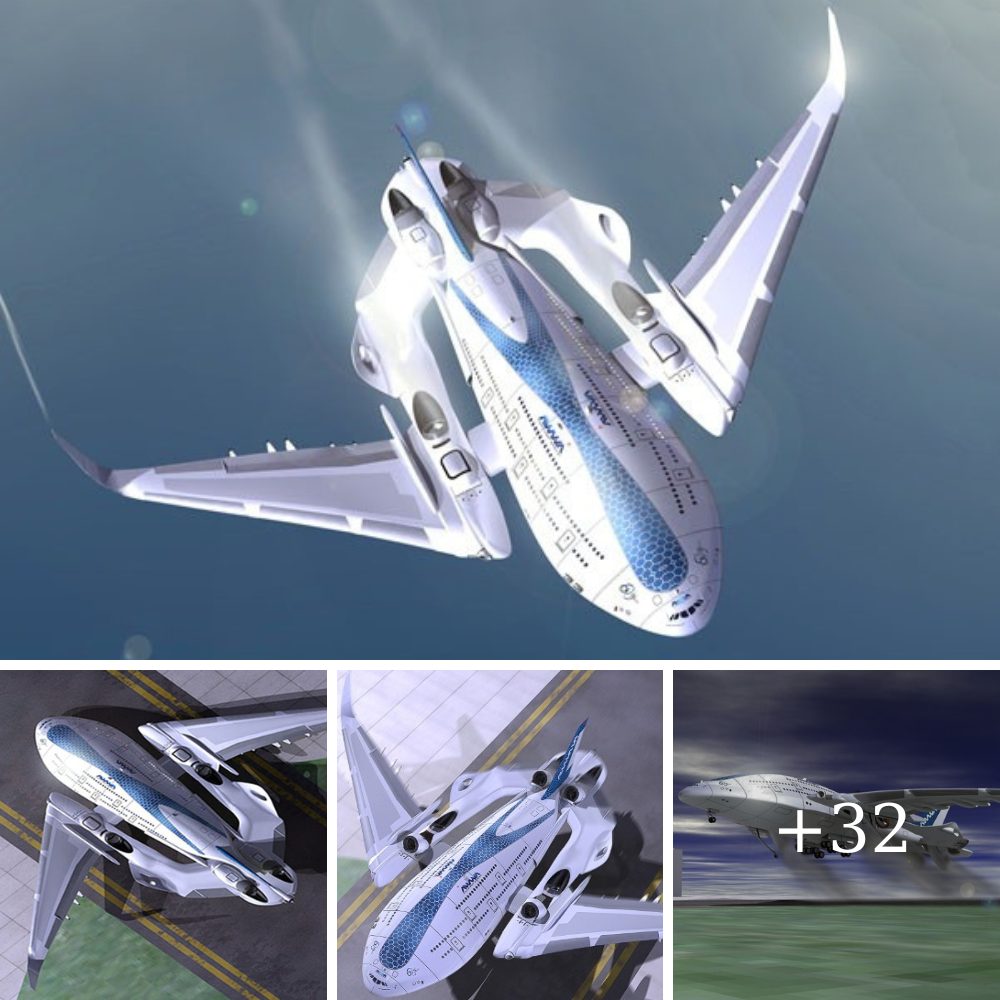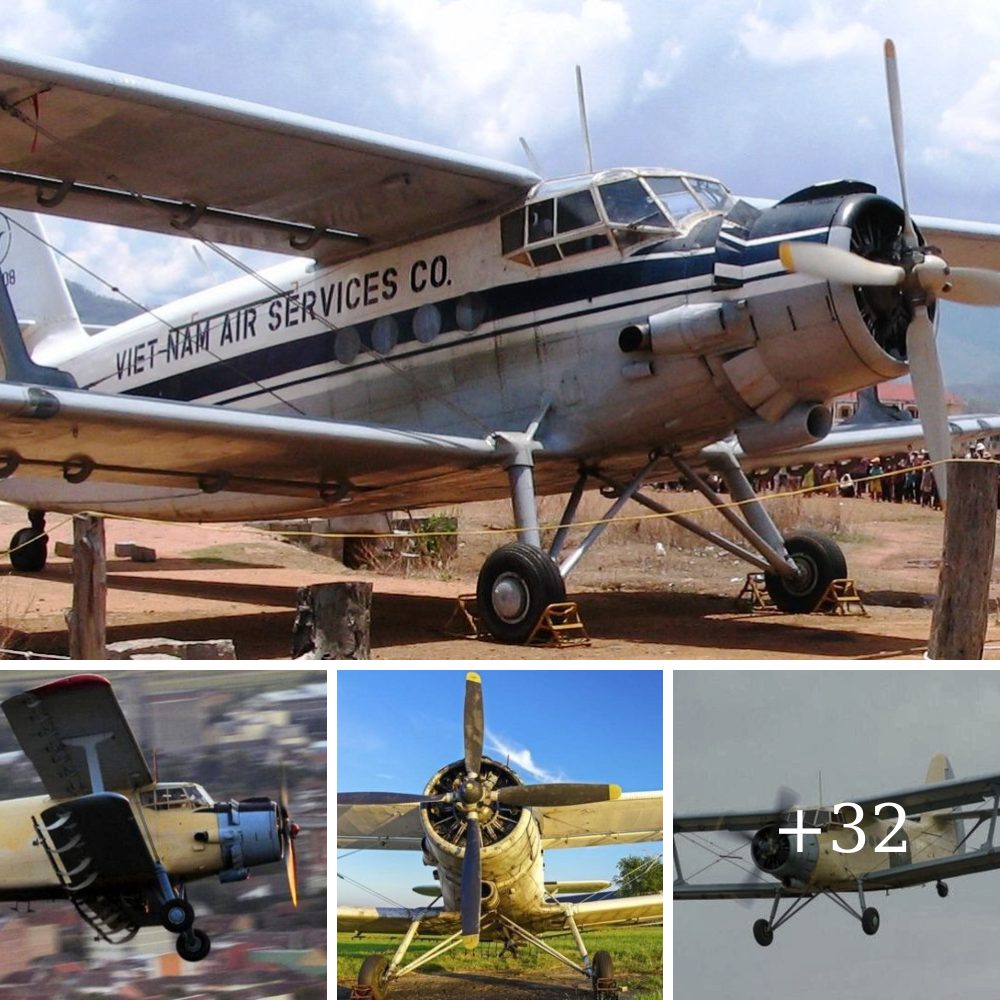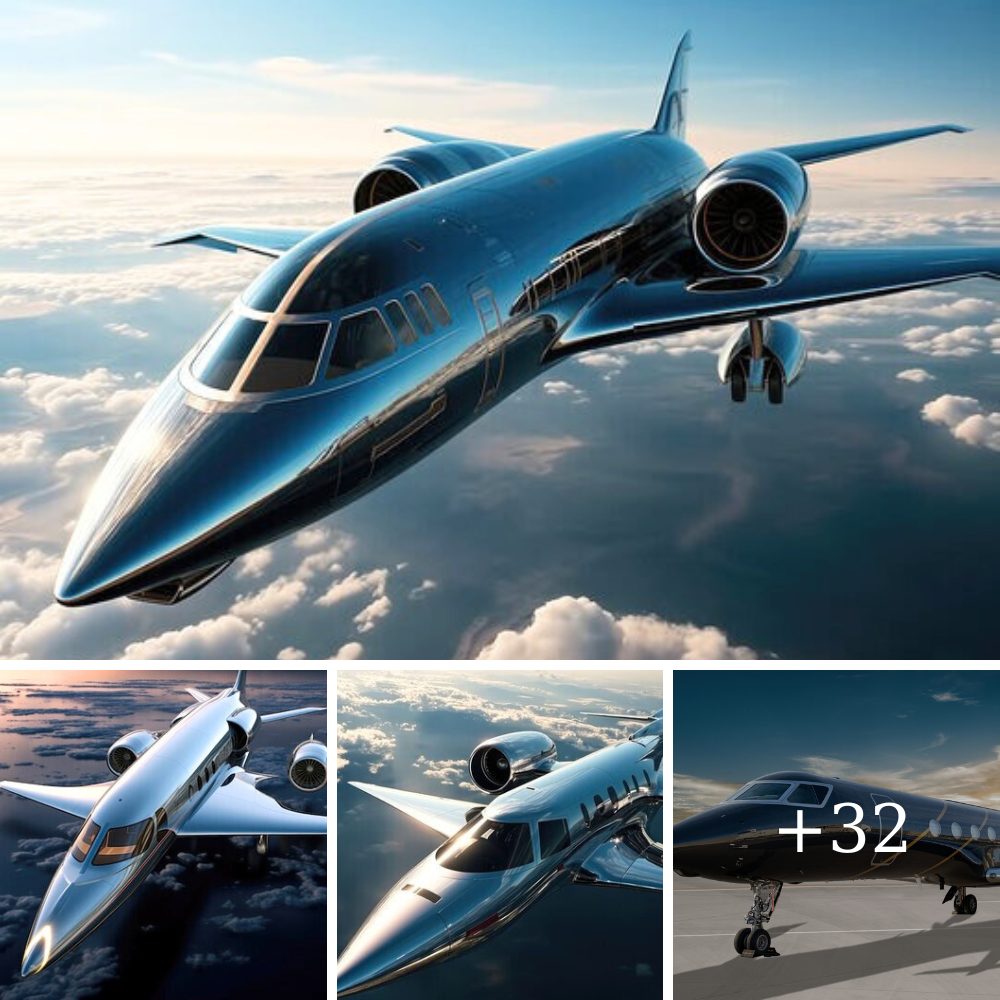When we first covered Odys Aviation (formerly Craft Aerospace) last September, we were struck not only by the impressive figures attached to it, but by its completely unique design. Where the vast majority of eVTOL designs are two-to-five-seaters aimed at the urban air taxi space, Odys put forth a nine-seat hybrid concept targeted at replacing fossil-burners on longer-range regional air routes, flying helipad to helipad to vastly cut down on total trip time by removing airports from the equation wherever possible.
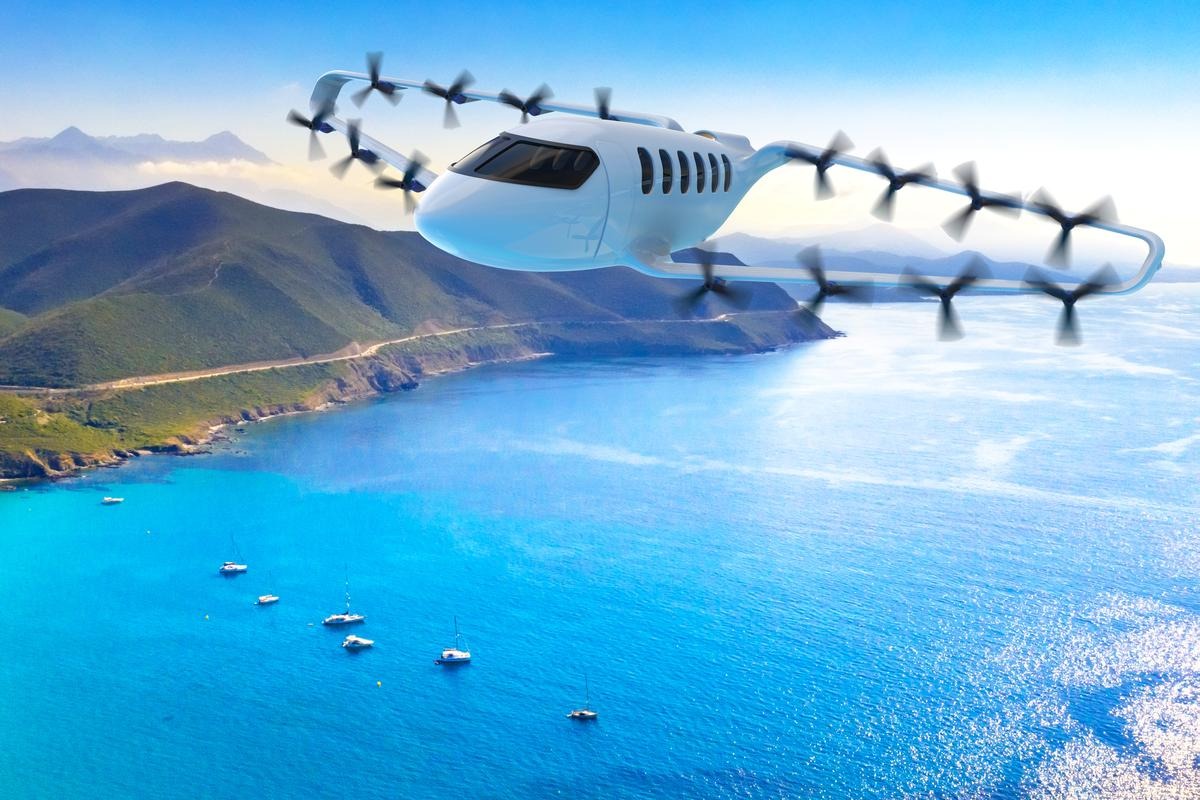
The range-extended hybrid system promises up to 200 miles (322 km) of totally emissions-free flight, or up to 1,000 miles (1,600 km) using a gas turbine generator for reduced-emissions flight. Its unique diamond box-wing airframe would cruise at 30,000 ft, at speeds up to 345 mph (556 km/h), making it significantly faster than most other designs.
A Y Combinator graduate, Odys has recently announced a US$12.4-million seed funding round, bringing its total funding to US$13.7 million. It’s flown small-scale prototypes, and is currently in the process of building a larger prototype with an 18-foot (5.5-m) wingspan, about a third as wide as the final design is expected to run.

We caught up with Odys co-founder James Dorris to learn more about the aircraft, the company’s progress, and that unique blown-flap “deflected slipstream” VTOL system. What follows is an edited transcript.
James Dorris: The aircraft is really developed from a full systems perspective. If you think about doing a VTOL aircraft, and think about having tilt rotors or tilt wings, the size of those mechanisms and the mass and where you’re putting failure modes … We wanted to look at that and consider: is there a better way? One of the most challenging points in flight for a VTOL aircraft is the transition between hover to flight. When you’re tilting things you can get some effects which cause some very challenging aerodynamics. We wanted to build an aircraft where that was a lot simpler.

That’s where the deflected slipstream came from. Once you decide to look at deflected slipstream as a primary lifting mechanism, well, in order to really make this smart and fit in a compact footprint, you really want the tandem wing, a front wing and a rear wing, so that you can get really good pitch authority and pitch stability in the hover mode. It also gives us a lot of resiliency to center of gravity movements.
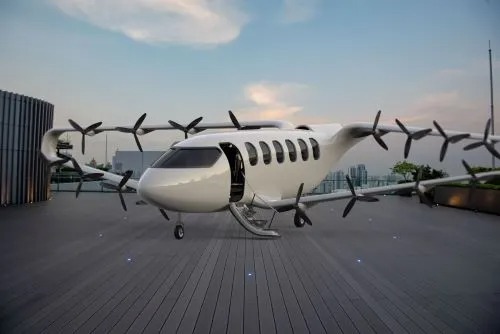
So once you have the tandem wing, the front and the rear wing, and you’re looking at how to maximize the amount of propeller disc, and therefore reduce disc loading as much as possible to optimize for power, well, you want to have those wings be angled and so swept back and swept forward. You want to keep it within a good footprint so it can land it on traditional helipads, and hence you rapidly end up with this shape for the wing. There are some complexities that come along with the joined wing, and that’s all part of the design.



